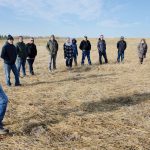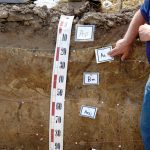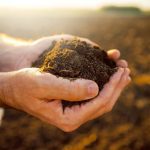The Koscielny family farm near Strathclair doesn’t have many acres to work with but it makes a big impression. The farm, Green Beach Farm & Food, covers five quarters, about 200 acres of which grow grain. Much of the land base is perennial forage, feeding the Koscielny’s herd of grass-fed beef. The family finishes animals













